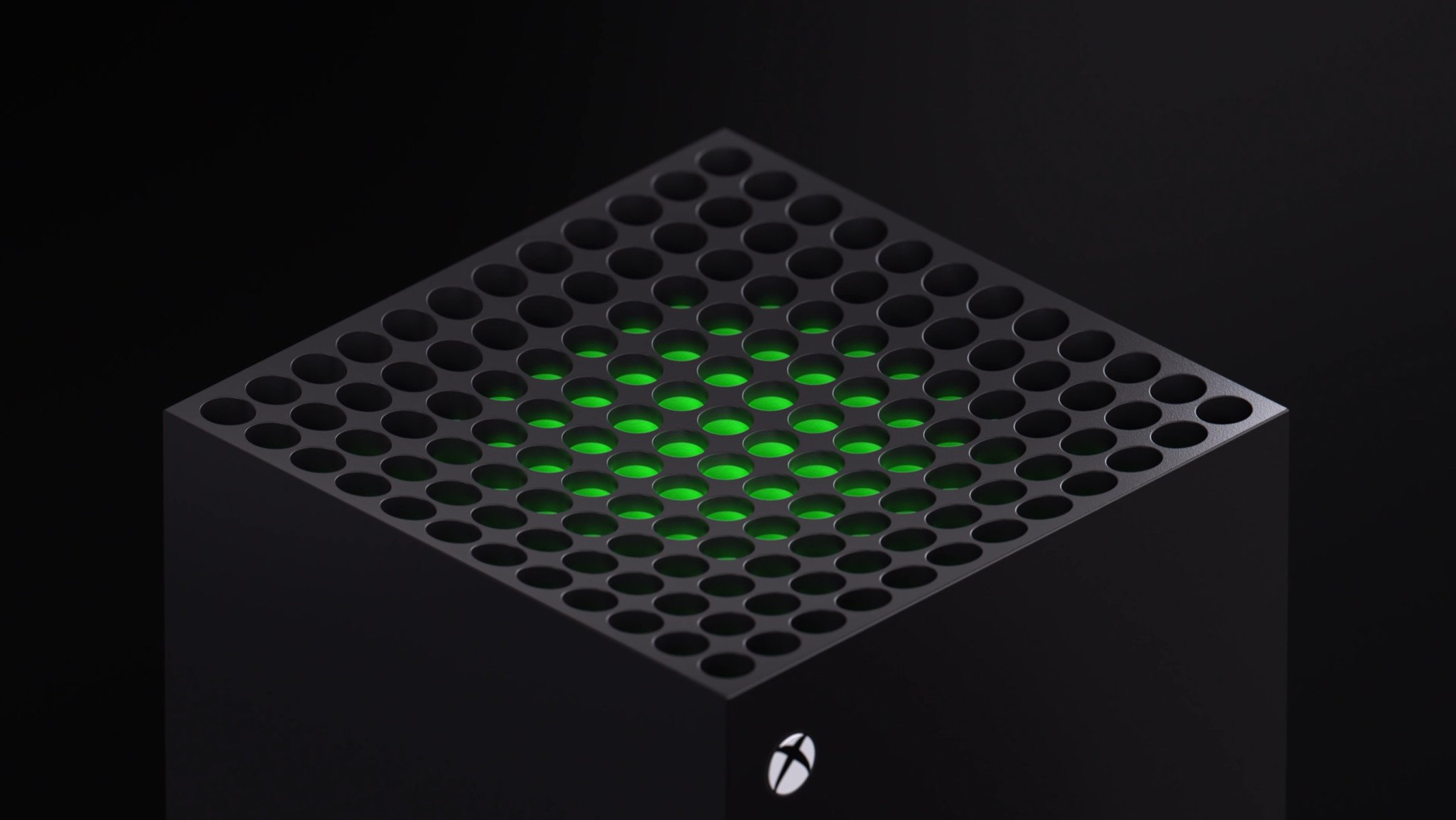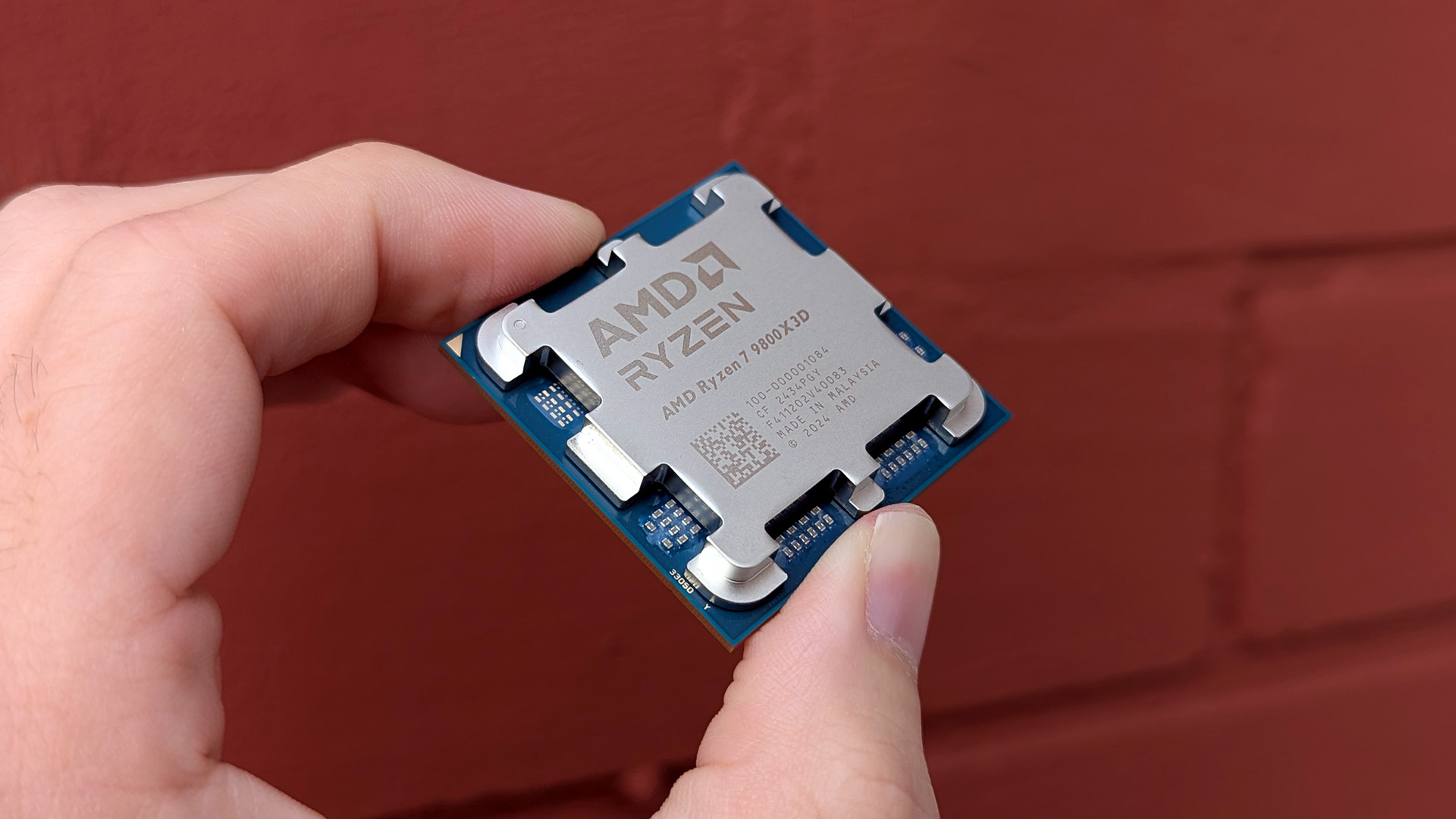Xbox Series X, PS5 could fix many of modern gaming's lingering quirks, including ... gnarly hair
The Xbox Series X and PS5 are set for a serious spec boost over the current-gen, poised to improve visual effects on various quirky gameplay aspects we take for granted.

The Xbox Series X boasts 12TF of graphics power and a next-gen CPU, bringing it far higher than current-gen consoles are capable of. The PlayStation 5 is expected to sport similar internals as well. The proliferation of hardware as-of-yet unaccessible to only some of the most high-end PCs is set to bring about new standards for various visual aspects we tend to ignore or take for granted.
We've all heard already about ray tracing, hardware-accelerated on the Xbox Series X and PS5, which will bring about dynamic shadows, real-time reflections, and physics-based lighting to games. The effect it has on a visually modest title like Minecraft is truly compelling, and some of the early results on RTX chips on PC in games like Metro Exodus is truly inspiring too.
Recently, IGN spoke to a range of developers to get their thoughts on what next-gen processing will mean for the Xbox Series X, and it should lead to a real leap across the board.
Bruce Straley, former creative director at Naughty Dog described how hair could shed the pixellated dithering effects we often see in games that try to create photorealistic locks, alongside how ray-tracing will help elevate games.
"Smoke, water, wind – things like that are great for GPU processing. [...] It's always been really difficult to make really good hair. And then hair responding to different environments – hair and water, hair and wind, hair and hair gel, are all reactions that can be processed.""If you wanted to make something rendered like [Pixar's] The Incredibles, where you have light coming through the earlobes of your character – we faked it at Naughty Dog. We had all sorts of ways to simulate it, but it wasn't real. If now I can write a shader that has subsurface scattering on it and hook into the ray tracing system, then more people are going to be able to do that."
Four years ago, Microsoft and Square Enix showcased what games would look like with 8K textures, 63 million polygons per scene on a PC running four GTX 1080 GPUs in SLI. With hair rendered as objects, rather than surface maps.
More power means more processing for the way dynamic strands, like hair, interact and intersect with other effects and objects. Developers use a lot of visual tricks to create these effects today, but being able to offload them as systems should make them look more dynamic and more realistic.
It won't just be found in how games look either, but also how they feel, directly impacting gameplay. We all remember the fog from Silent Hill, which not only served as a way to reduce the draw distance on the rather slim specs available on the PlayStation 1, but also served to limit the vision of the player, ramping up tension and fear. With more processing power, these sorts of gameplay systems will reach new heights thanks to more realistic, and more dynamic smoke, liquid, fire, and other similar effects.
All the latest news, reviews, and guides for Windows and Xbox diehards.
Virtuous VP Elijah Freeman went into some detail about it in talks with IGN.
"One key area that will almost certainly see improvement is volumetric effects such as smoke, fog, and clouds. These are effects that scatter light and have previously been presented in games with mixed results. What makes this all interesting is the effect this might also have on gameplay. Yes, improved smoke effects will be great to look at, but the ability to just barely glimpse an enemy if the light catches them right after you've thrown a smoke grenade adds a new level of nuance to playstyles."
Microsoft has certainly impressed already with its in-engine Hellblade II trailer, which already looks set to take visual quality to an all-new level. As always, the proof is in the pudding, but the sheer boost in performance next-gen systems are going to offer makes for truly exciting possibilities.
Xbox Series X/S
Main
- Xbox Series X: Everything we know
- Best games coming to Xbox Series X/S
- List of Xbox Series X specs
- What is the Xbox Series X release date?
- How much does Xbox Series X cost?
- Why you can't preorder Xbox Series X yet
- Best Xbox Series X Headsets

Jez Corden is the Executive Editor at Windows Central, focusing primarily on all things Xbox and gaming. Jez is known for breaking exclusive news and analysis as relates to the Microsoft ecosystem while being powered by tea. Follow on Twitter (X) and tune in to the XB2 Podcast, all about, you guessed it, Xbox!
